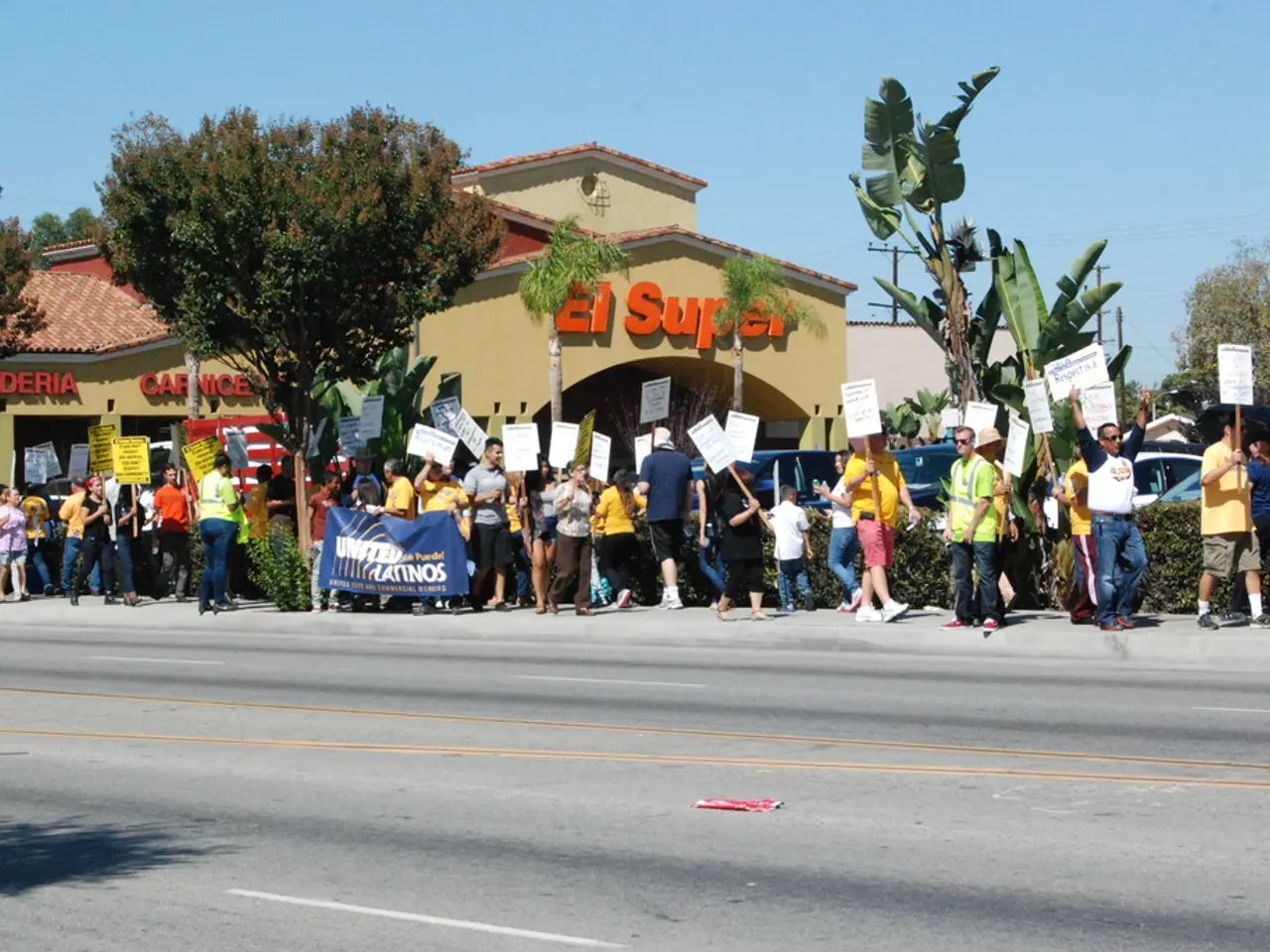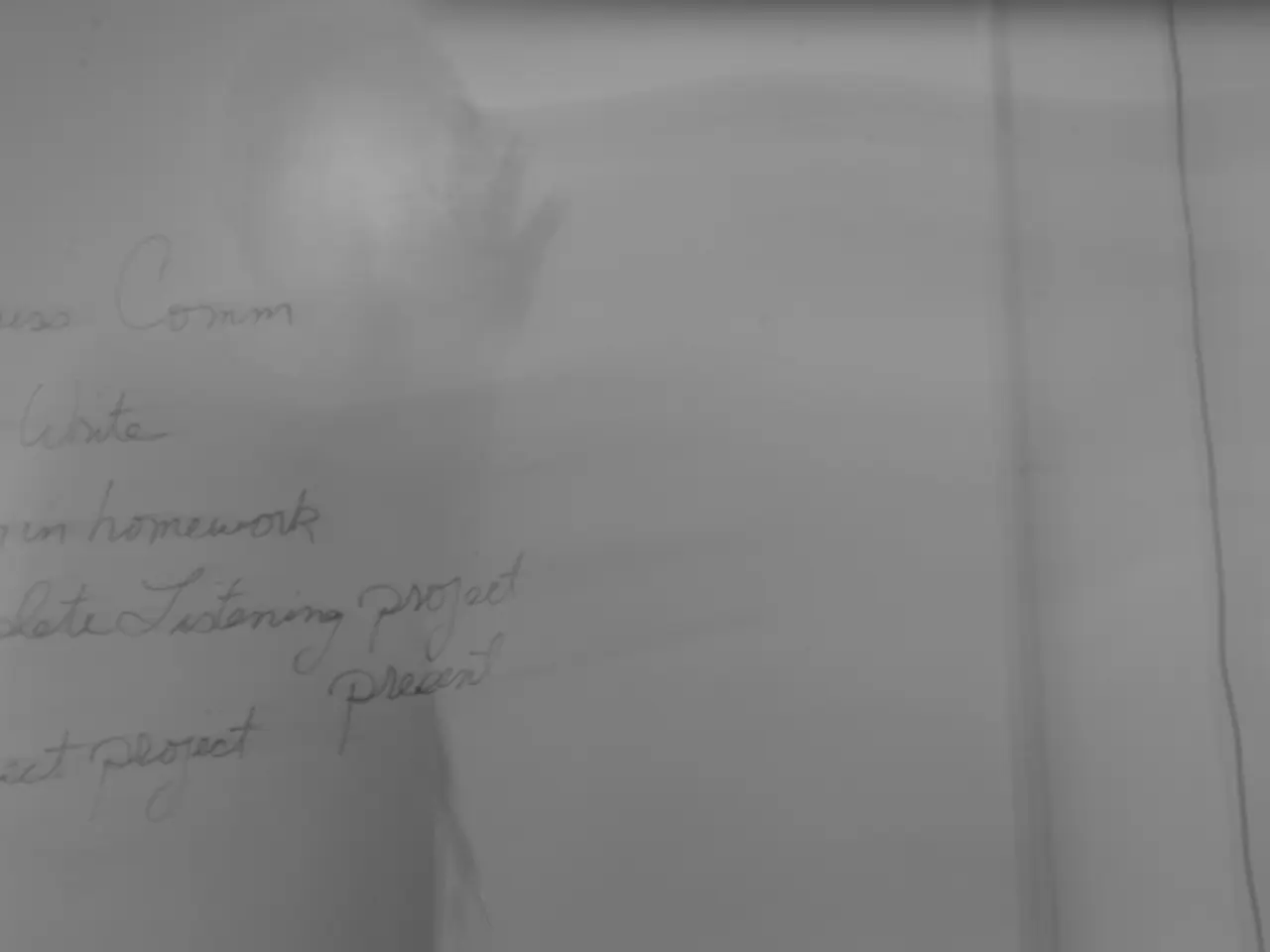Strengthening Educational Atmosphere for Student Victories
In the realm of contemporary educational reform, a focus on creating inclusive and adaptable learning environments has emerged as a key priority. This approach, centred around flexible, culturally responsive, and technology-integrated strategies, aims to address diverse student needs and promote equity.
One of the core strategies is Universal Design for Learning (UDL), a framework designed to remove learning barriers by offering multiple means of engagement, representation, and expression. This approach supports flexible learning environments tailored to meet the needs of all students, ensuring access regardless of ability or background.
Differentiated Instruction is another crucial strategy, modifying content, processes, products, and the learning environment to provide appropriately challenging tasks for students of varied skill levels. This personalized support and challenge within inclusive classrooms ensure that every student receives the appropriate level of academic challenge.
Culturally Responsive Teaching (CRT) is also integral to this modern approach. CRT integrates students’ diverse cultural backgrounds, values, and experiences into curricula and teaching practices to foster respect, motivation, and a sense of belonging. This approach involves creating physical environments that reflect cultural inclusivity, such as flexible seating and culturally relevant classroom artifacts.
Collaborative Learning and Peer Engagement are also essential components of this approach. Encouraging student collaboration and peer mentoring improves communication, social skills, and community feeling, supporting inclusion through shared responsibility and interaction.
Technology Integration, including AI-driven Adaptive Learning and Assistive Technologies, plays a pivotal role in shaping the learning environment. Digital tools personalize learning by adapting content and pace to individual needs, including students with disabilities or language barriers. These tools include Learning Management Systems, educational apps, and open-access digital libraries that enable equitable access.
Reimagined Course Design and Assessment are also vital. Moving beyond standardized curricula, courses now offer varied modes of expression—essays, presentations, creative projects—to assess mastery aligned with different learning styles and strengths. Faculty shift roles from information transmitters to facilitators of a dynamic, student-centered learning environment.
Physical Learning Environments Designed for Flexibility and Inclusivity are another essential aspect of this modern approach. Schools are being redesigned to include flexible spaces that accommodate diverse activities and learning preferences, with attention to accessibility and culturally sensitive features, supporting all students' engagement and comfort.
While these strategies are widely endorsed in recent literature, effective implementation requires ongoing teacher training, resource allocation, and policy support to sustain adaptable inclusive education. Feedback mechanisms, such as surveys and assessments, provide a comprehensive view of the learning environment's efficacy and help educators understand the impact of various reforms in real-time. Systematic evaluation strategies, such as student performance metrics and feedback mechanisms, are essential for measuring the effectiveness of learning environment improvements.
In conclusion, these strategies reflect a comprehensive modern approach that combines pedagogical innovation, cultural awareness, and technology to create educational settings where all students can thrive. An inclusive learning space accommodates diverse learning needs and backgrounds, allowing all students to engage meaningfully in the educational process. Understanding the current learning environment encompasses various factors such as physical spaces, technological resources, and social dynamics. Integrating technology into learning environment improvements fosters self-directed learning, enhances collaboration, and supports personalized educational pathways.
- Professional development programs for educators could focus on integrating e-learning strategies, such as AI-driven Adaptive Learning and Assistive Technologies, to promote personal growth in the realm of education-and-self-development.
- To further support this modern approach, instructional strategies like Universal Design for Learning and Differentiated Instruction ought to be employed in tandem with engaging pedagogical practices, like Collaborative Learning and Peer Engagement, to foster student engagement, promote equity, and address diverse student needs.
- In the context of these strategies, it's crucial to consider the significance of Physical Learning Environments Designed for Flexibility and Inclusivity, as they provide opportunities for Universal Design for Learning, Collaborative Learning, and Reimagined Course Design to truly flourish, ultimately enhancing learning outcomes for all students.




